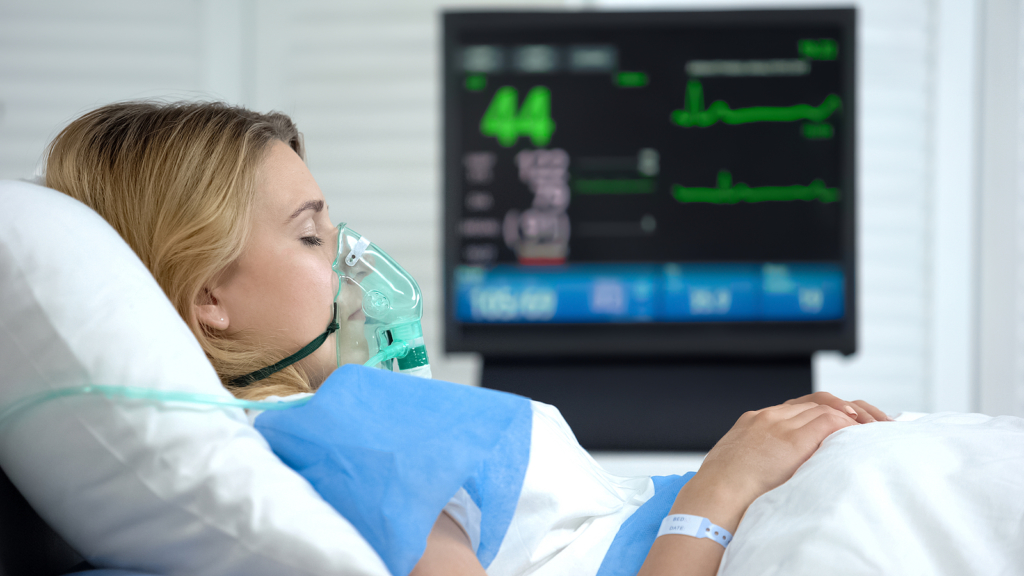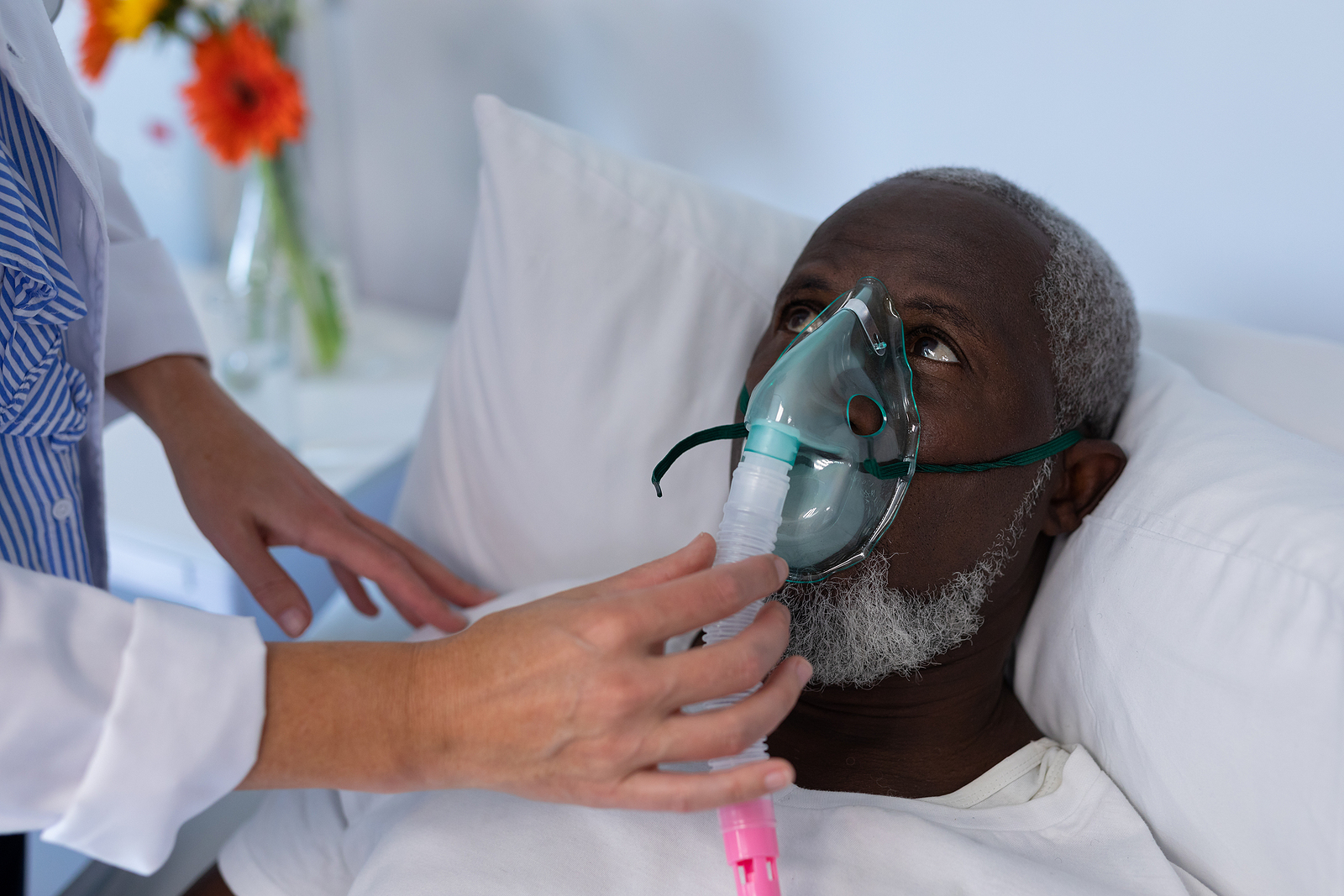Newsletter 2021
Newsletter April 2021: To overcome the present and to be ready for the future
Gabriel M. Gurman, Chief editor
There is no doubt that we have not been prepared for the current situation.
The COVID19 pandemic found us not ready at all to take care of all the critically ill patients who are still brought, in huge numbers, to our hospitals and who badly need intensive care (ICU) support.
The clear discrepancy between the number of ICU beds and the demands in the field was present decades ago.
When a patient in a serious condition was brought to an emergency room and the answer of the ICU was “we do not have a free bed for him/her” an alternative solution was to be found, and the solution was transferring the patient to another department, usually an internal medicine one.
The French say “faute de mieux” –for lack of better, I should translate it into English.
This solution is far from being ideal.
Some 25 years ago we studied the mortality of critically ill patients admitted to an ICU in comparison to those treated in an internal medicine department (1). We found out that those admitted to an “ordinary ward” were at four times greater risk of death than those treated in an ICU.
This situation was and still is, similar in most parts of the world. Some years ago Cubro et al (2) presented the results of not less than 16 studies, performed in various countries and hospitals, having as subject the death rate among ICU patients in comparison with those treated “without ICU support”. The overall death percentage of ICU patients was around 25%, in comparison to 35% in the second group (95% CI 1.64).
The explanation for this situation is not too simple.
In some places, the problem is a double one. Schwartz et al (3), describing the situation in Israel, wrote in 2016: “Some of the critically ill patients, mechanically ventilated, are treated in regular medical wards, which are not staffed and equipped to provide optimal care for such patients”.
This was old news for Israel. At the beginning of this millennium, Simchen et al. (4) led a large group of specialists (I was one of them) who studied in five big Israeli hospitals, the situation of seriously ill patients not admitted to an ICU. Here are their conclusions: “The effect of intensive care unit vs. other departments was estimated separately for the first 3 days after deterioration and for the remaining follow-up time. Results showed that 5.5% of adult hospitalised patients were critically ill (736 of 13,415). Of these, 27% were admitted to intensive care units, 24% to specialised care units, and 49% to regular departments. Admission to an intensive care unit was associated with better survival during the first 3 days of deterioration after we adjusted for age and severity of illness (p =.018). There was no additional survival advantage for intensive care unit patients (p =.9) during the remaining follow-up time”.
In other words, the first 72 hours are critical for this kind of patient who needed specialised treatment in specialised units.
Needless to say, this situation is far from being specific for one country and the shortage of ICU beds is a real problem all over the world. This reality is so evident and important that it is still a cause of death among critically ill patients, even if the problem of specific equipment, as mentioned by Schwartz, could be solved in many places, by purchasing enough amounts of ventilators, monitors, infusion pumps, etc.
The COVID-19 pandemic has aggravated the situation which existed for many years.
The mortality among patients seriously affected by the virus is up to 30% (5).
In many parts of the world, the number of COVID-19 patients is not going down and the percentage of death is high. Zhou et al (6) reported a 28% mortality in Wuhan in the first month of the outbreak. Grasselli G et al (7) found an almost double death rate (53.4%) among the patients in the Lombardy region during the months of February-April 2020.
At the time of writing of this editorial (March 2021), the death rate worldwide has reached around 3 million, out of 125 million infected by COVID 19 virus (https://www.worldometers.info/coronavirus/).
It is obvious that our health system is not ready to face such a tremendous demand for taking care of seriously ill patients and this is the explanation for the assiduous efforts to find alternative solutions.
For instance, Rabec et al (8) propose that some techniques of respiratory support (CPAP, high flow oxygen, etc.) may be applied in less specialised services.
Some other proposals deal with using “ordinary wards”: ”alternative locations outside the ICU in which care for critically ill patients could be delivered should be considered during times of extreme ICU-bed shortage” (9).
In the Lombardy region (10) “due to exceptional demand on ICU resources, hospitals increased the number of ICU beds and converted many general wards in respiratory intermediate care units to treat patients with severe pneumonia and ARDS”.
But a shortage of ICU beds and/or equipment is only part of the situation encountered in many hospitals all over our continent.
It is not enough to find a proper bed for a severely ill patient and to connect him/her to the proper equipment.
The question which remains to be solved is as important as the other two: who is supposed to take care of all these patients, admitted and treated in what people call “augmented care rooms” or as I used to call them “pseudo-intensive care units”?
The theoretical answer to this question is simple: specialised staff, physicians, nurses and technicians, trained for this kind of medical management.
If one has a look at the manpower situation in a typical ICU, the picture is clear:
physicians, specialists or residents in critical care or anaesthesia, nurses trained in this field, technicians possessing the necessary experience to deal with the cumbersome equipment. One may say that a typical ICU is covered 24 hours a day by trained and qualified staff, ready to take care of any special problem or difficulty encountered in the course of management of the critically ill patient.
But what is the staff situation in other hospital departments, which are supposed to take care of critically ill patients?
Unfortunately, I have no data on this topic. Searching the literature did not bring any clear answer. But I can guess that at least in some hospitals those in charge of the daily management of critically ill patients are not fully prepared to fulfil this task.
I would like to be well understood: I am fully convinced that all those practitioners taking care of seriously ill COVID-19 patients offer the best management they could, and we should be grateful to all of them for their dedication and abnegation in their 24/7 fight against death, for the benefit of the patients under their management and supervision.
But I come back to my question: are they all really trained for this very difficult task?
This question is nowadays more important than any time.
It seems that the current pandemic is here to stay. The optimistic prognosis, of seeing the disease disappearing in just a number of months, or the virus killed by hot climate, seem to be overenthusiastic. The vaccination campaign is likely to be long-lasting, with several years needed before everybody on this planet would get at least the first dose.
As far as I understand, in most of our hospitals, the problem of equipment has been solved. Also the transformation of general wards into “Coronavirus ICUs” is a reality.
I have the feeling that the time has come to take care of training the staff who are supposed to take care of this kind of patient outside the “classical” ICUs.
It is our task, ours as specialists in anaesthesia and critical care, ours, as directors of anaesthesia departments and ICUs, ours as experienced specialists in treating patients in danger of death.
The solution could come from a central agency, such as a ministry of health, or a professional society. But I am convinced that the initiative has to come from inside each hospital. If this training process did not start, yet, it can begin tomorrow. This is a crucial task for all of us.
We do know how to do it. Actually, we do it every single day. Our departments and units are all “teaching and training fields” for many of our peers, as well as for nurses and technicians.
What is needed is to double our education efforts, for the benefit of future patients, and for improving the quality of the care offered to seriously ill patients in every single hospital.
References
- Frisho-Lima P, Gurman GM et al. Theor Surg 1994;9:209
- Cubro H et al. World J Crit Care Med 2016;5:150
- Schwartz Y, Jarjoui A, Yinon AM, Isr J Health Policy 2019;8:48
- Simchen E at al. Crit Care Med 2004;32:1654
- Sebahyan M et al. J Med Vasc 2020;45:334
- Zhou F et al. Lancet 2020. published online March 9. https://doi.org/10.1016/ S0140-6736(20)30566-3
- Grasselli G et al. JAMA Int Med 2020;180:1345
- Rabec C et al. Resp Med and Res 2020;100768
- Orsini J et al. J Clin Med Res 2014;6:463
- Vaschetto R et al. ERJ Open Res 2021;7:00541-2020
Read our Monthly newsletter.
Read More of our special newsletter covering our virtual congress.
Visit our COVID-19 Resource Hub for other news and resources.











